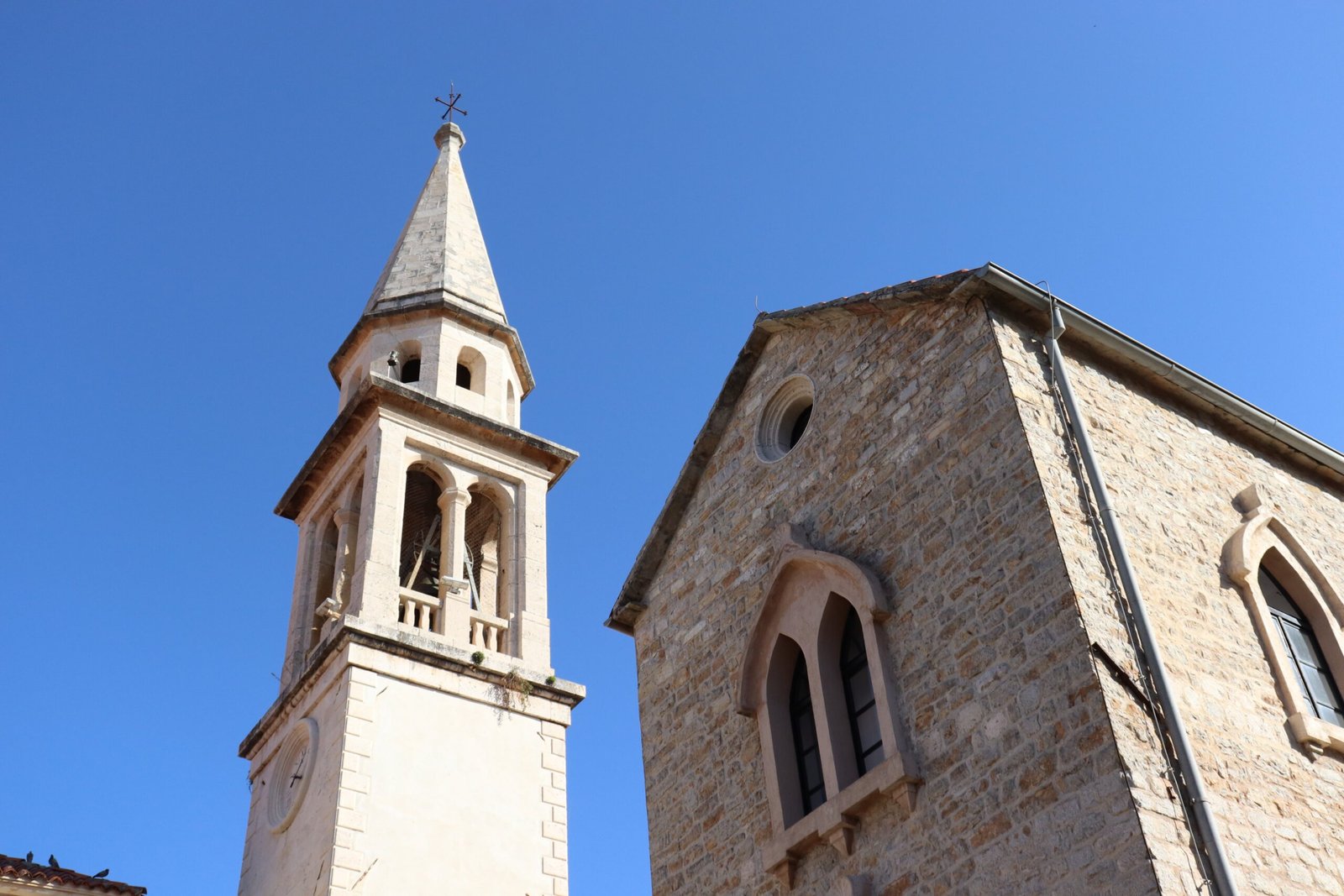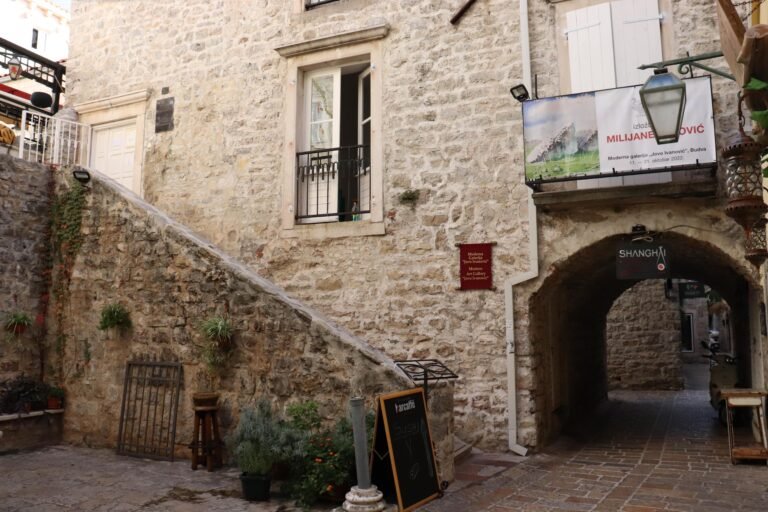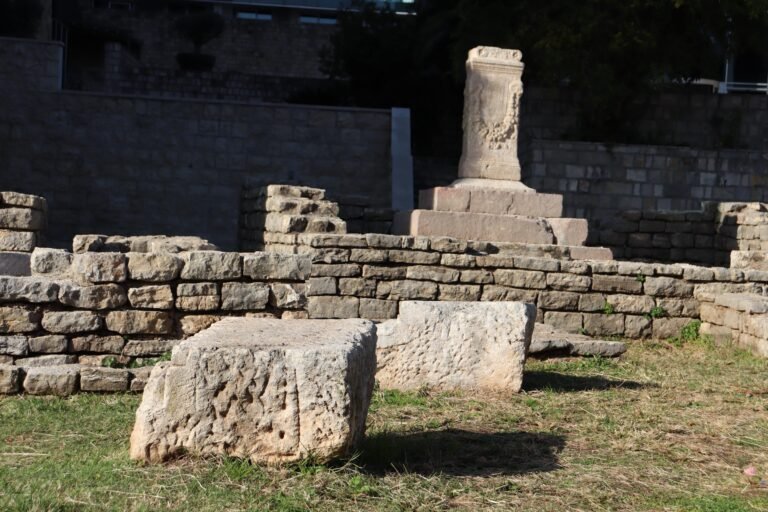The unique church of St. John the Baptist has undergone a large number of significant changes during its existence. The church was originally built during the 7th century AD as a single-nave building, in a specific historical context when the area of the Budva coast was under the administration of the Byzantine Empire. During the 9th century, with the arrival of the Benedictines, Budva became an important Christian centre, and the church of St. John the Baptist was transformed into the town’s cathedral. Its current appearance is a result of the reconstructions after the 1667 earthquake.
The church complex consists of three units: the main church, the bell tower (19th century) and the bishop’s palace (18th century), which form a unique architectural composition. In the altar part of the church is the icon of the Virgin, The Great Panagia from the 14th century, known as the Budva Madonna is displayed. It represents a unique example of medieval iconography from this part of the Mediterranean. According to historical data, we learn that the icon was once located in the church of Santa Maria in Punta and that it was an extremely important pilgrimage relic.





